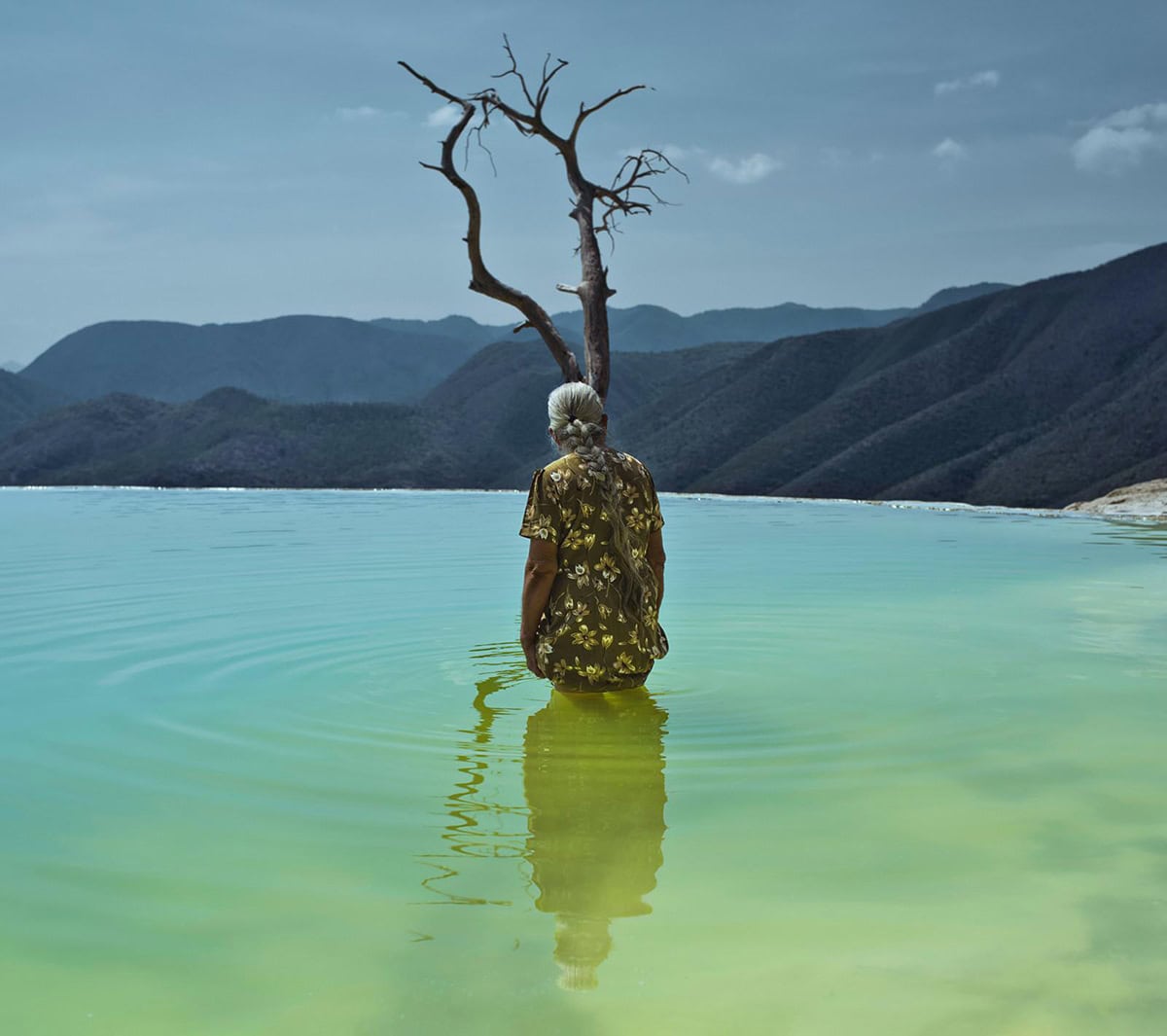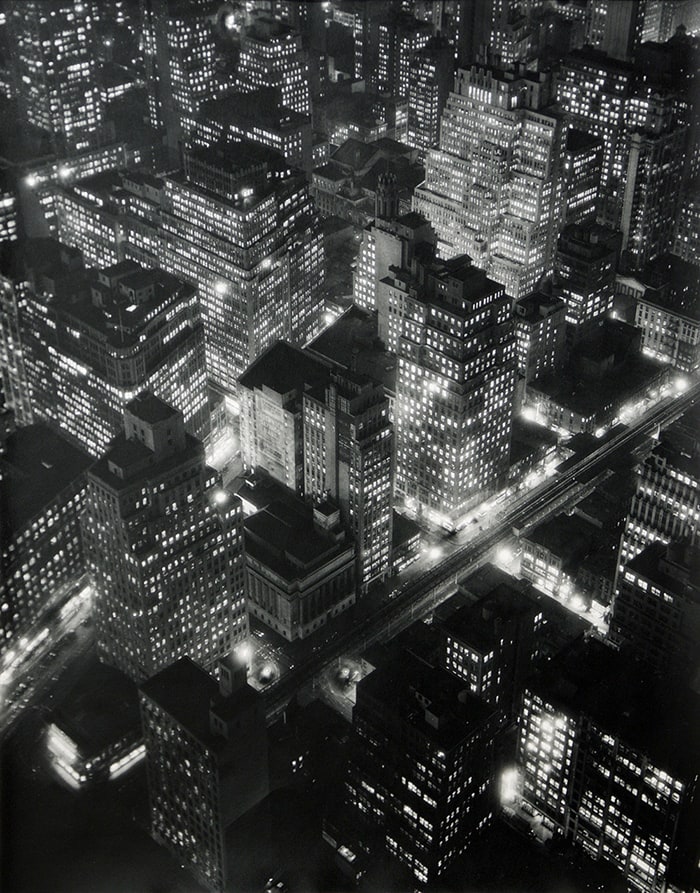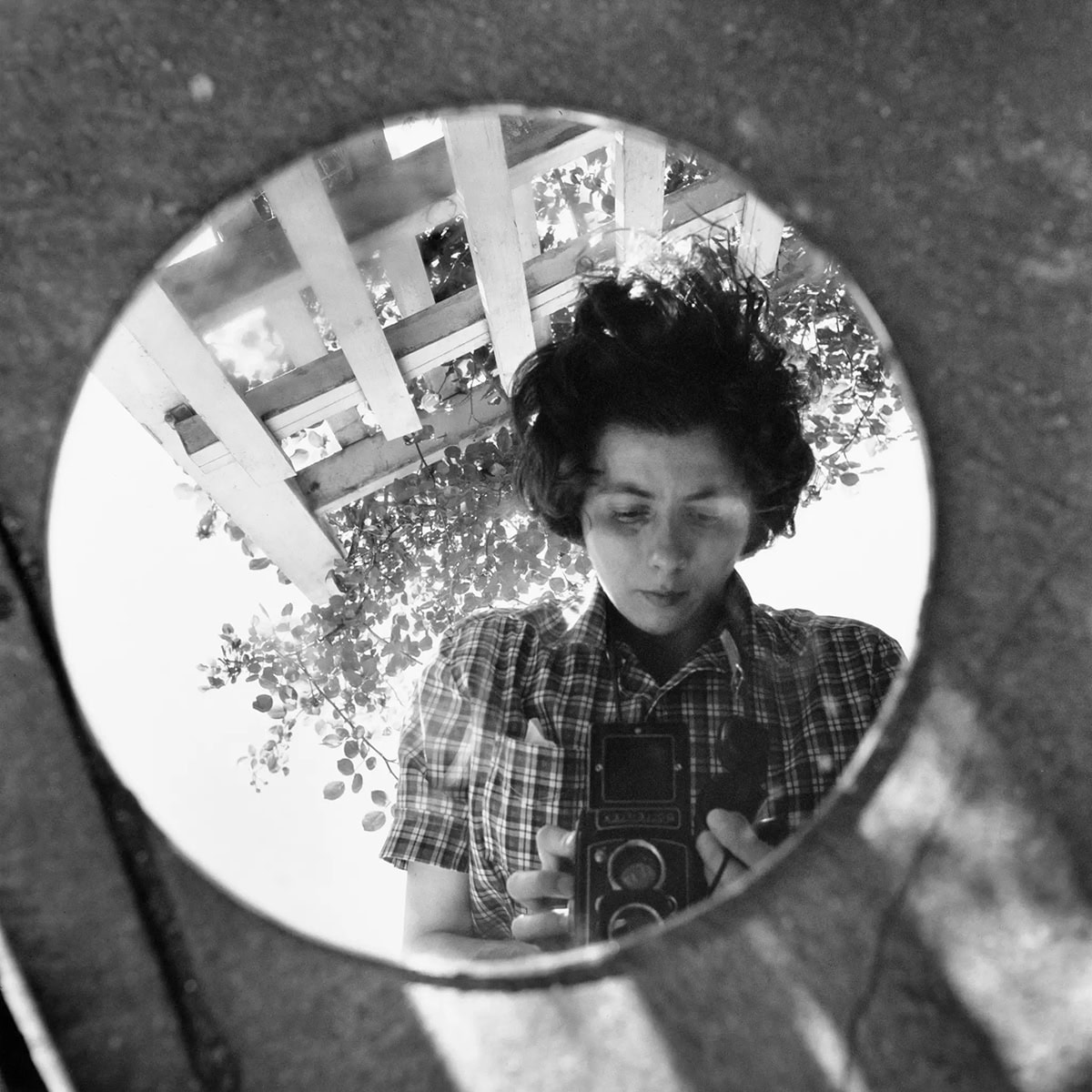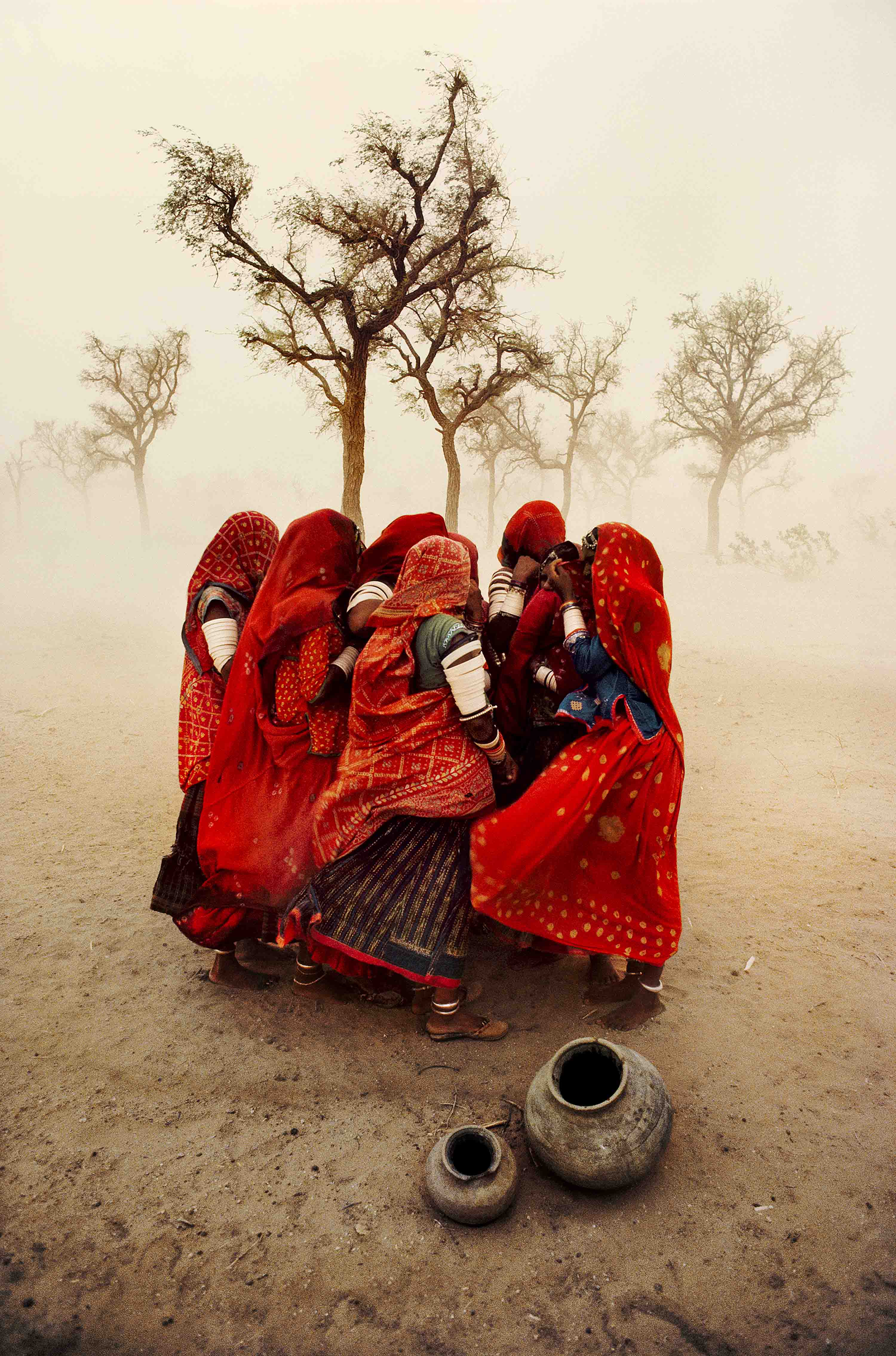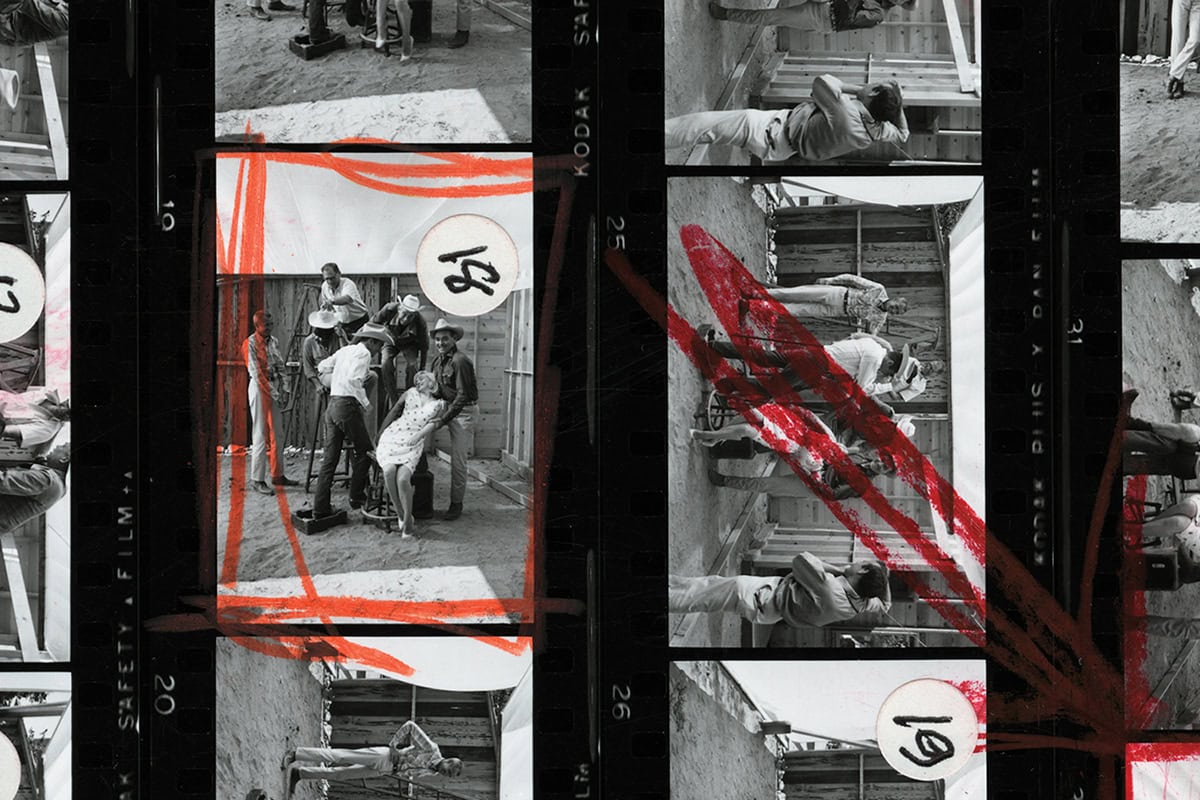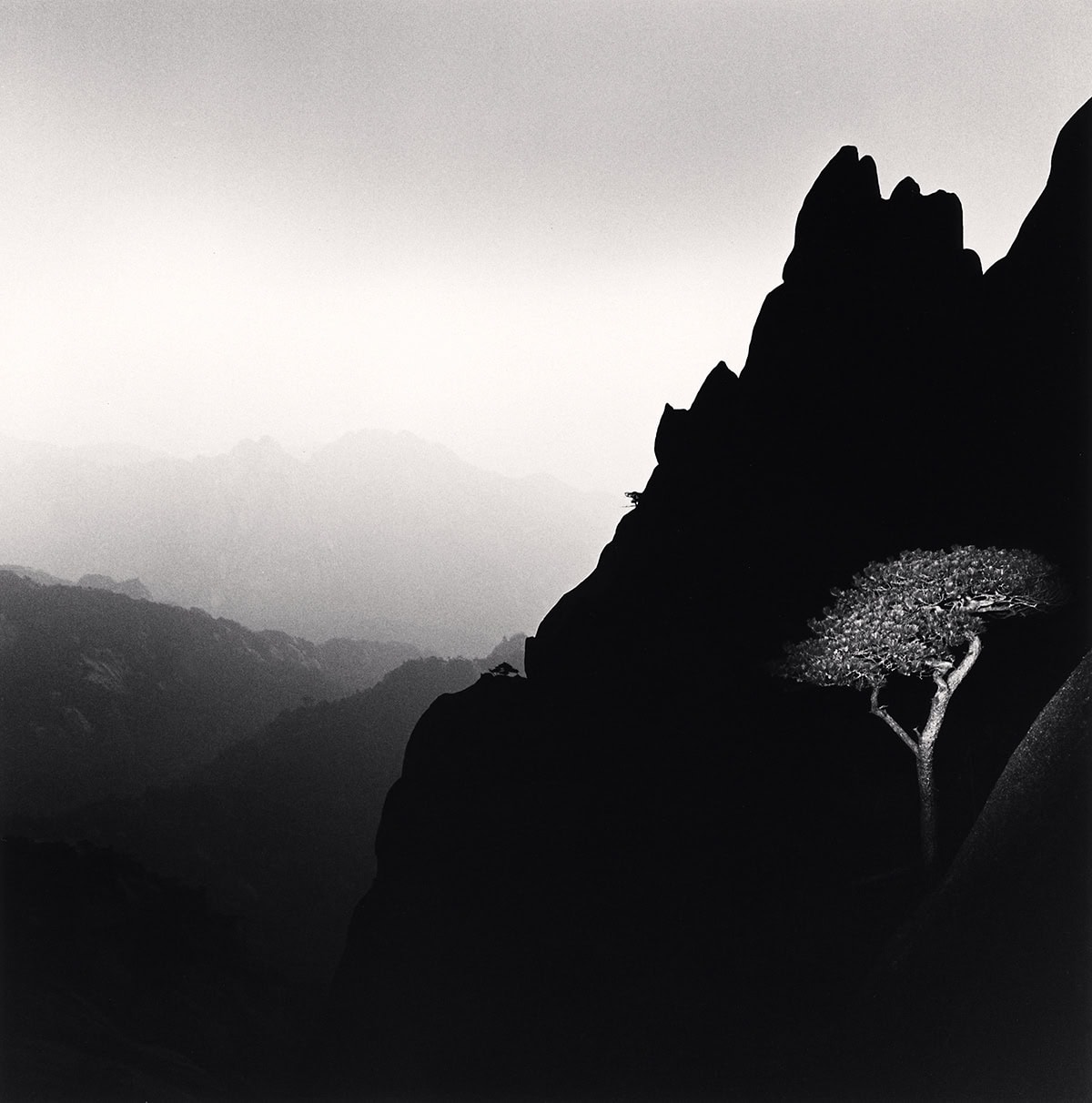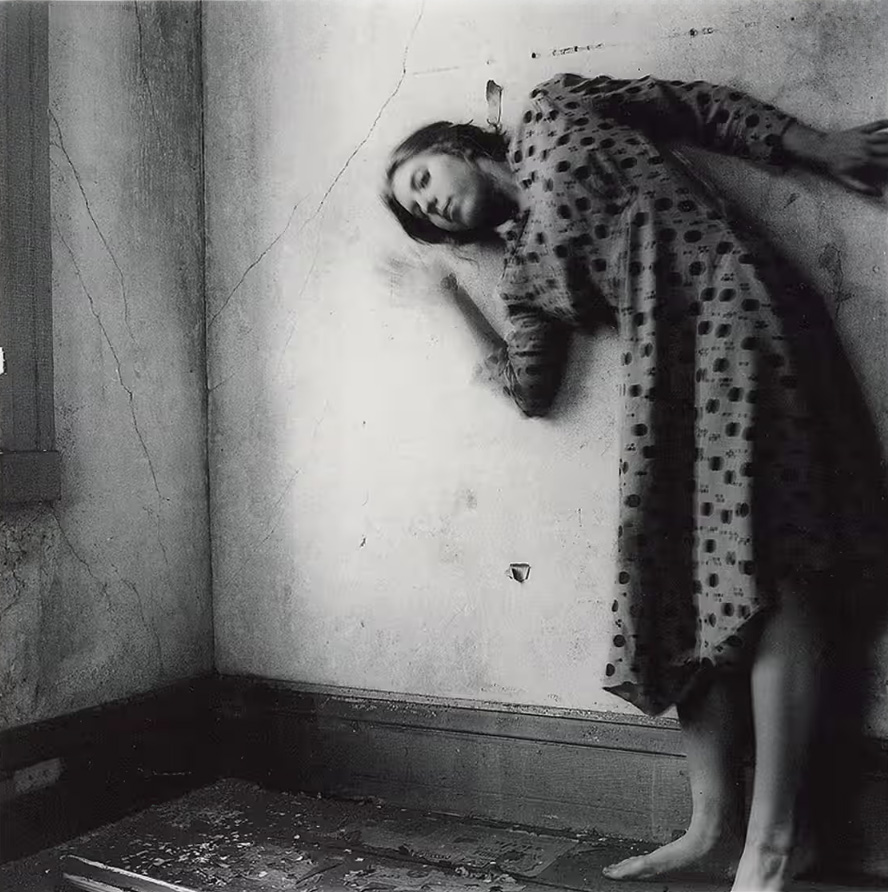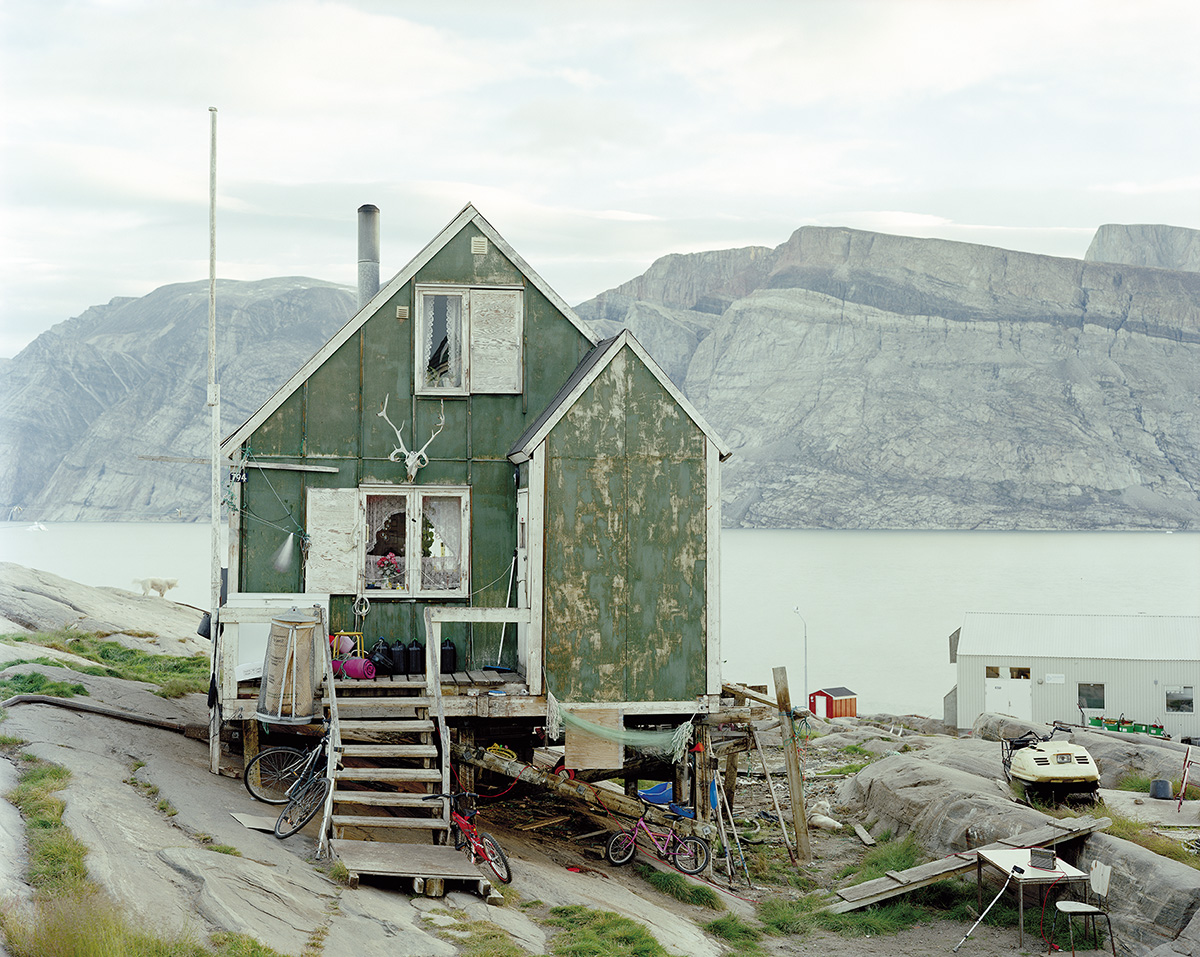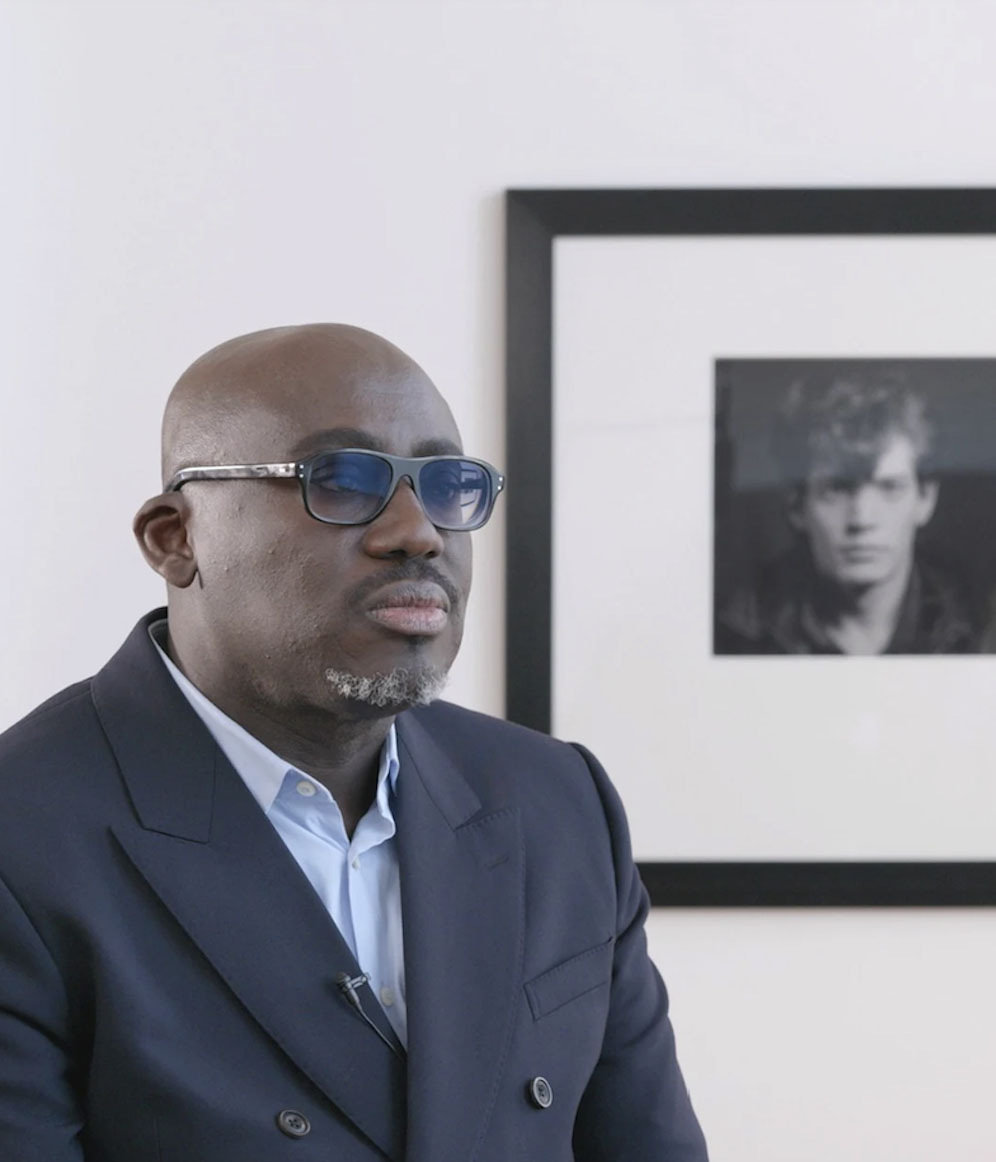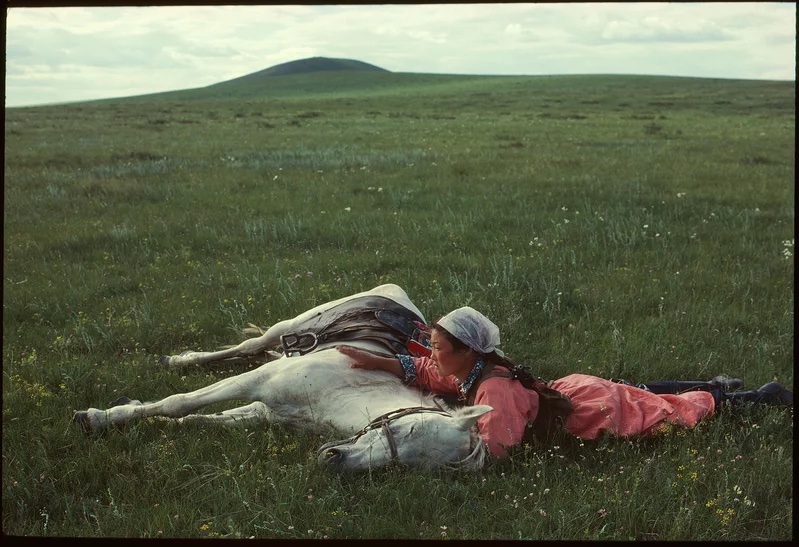How the Curator’s of Photography at MoMA Have Shaped Photography and its Market

24th February 2023
The Museum of Modern Art (MoMA) in New York City has been an influential institution in the world of photography since the early 20th century. Over the years, the different curators of photography at MoMA have had a significant impact on the photography market, as well as the way that photography is seen and understood today. MoMA’s photography department was established in 1940, making it one of the first institutions in the world to recognise photography as an art form.
Alfred H. Barr Jr. (1929-43) was one of the founders and the first director of the museum. He was a champion of modern art and believed that photography should be considered a legitimate art form alongside painting and sculpture. Barr was instrumental in establishing MoMA’s photography department and organised a number of influential exhibitions, including “Photography 1839-1937” in 1937, which was one of the first exhibitions to trace the history of photography, showcasing the medium’s evolution and artistic potential. The exhibition featured work by over 200 photographers, including Henri Cartier-Bresson, Andreas Feininger and Cecil Beaton. Barr was also responsible for acquiring many important works for MoMA’s photography collection, which helped to establish the value of photography as an art form and influenced the prices that collectors paid for photographs.
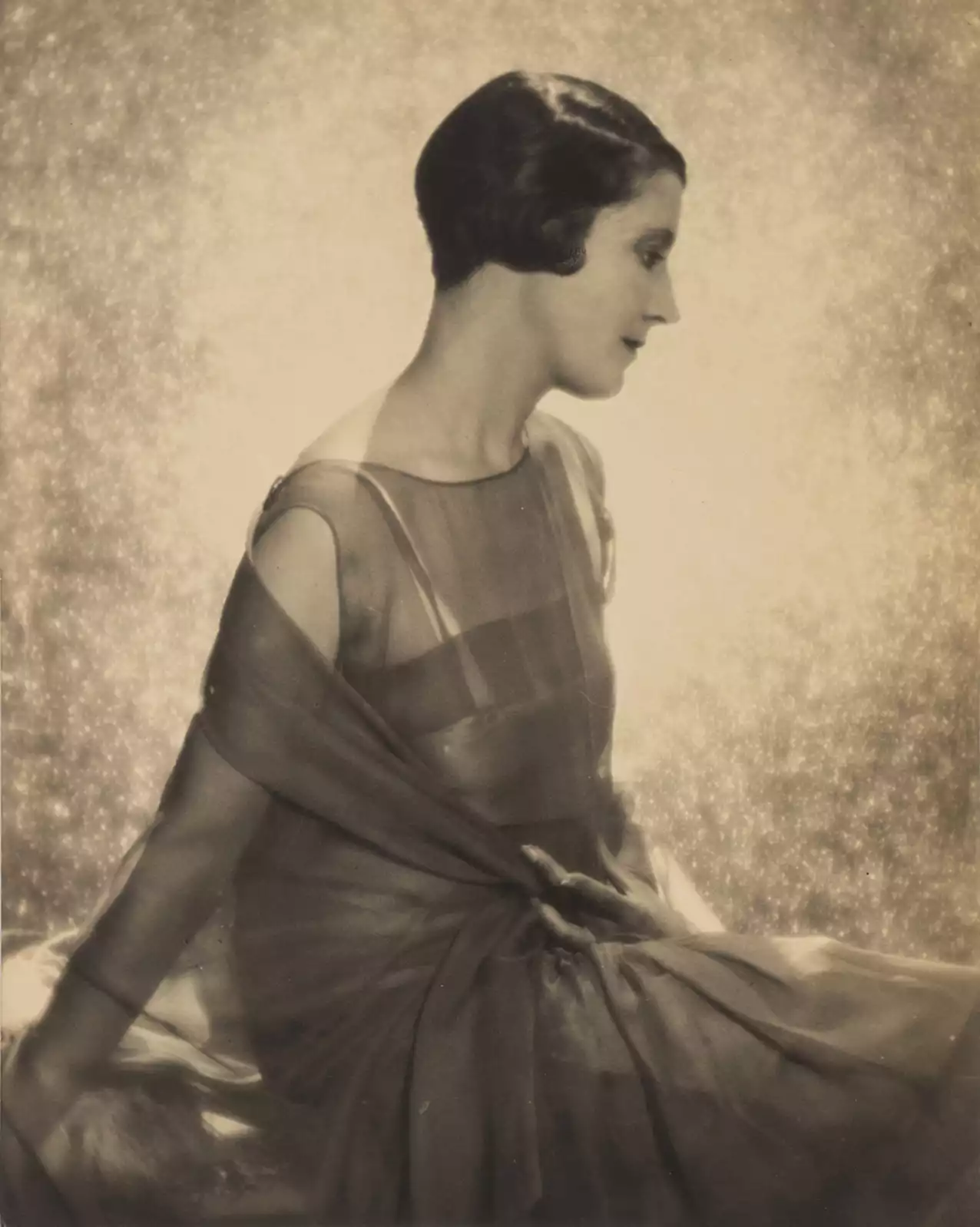
Beaumont Newhall started working for the MoMA in 1935 as a librarian and was invited by Barr to curate the “Photography 1839-1937″ exhibition. After the exhibition’s success, Newhall became the museum’s first curator of photography (1940-46). Newhall, like Barr, believed that photography was a fine art, and he worked tirelessly to promote it as such. Another of his prominent exhibitions was titled, ‘The Sense of Abstraction” which helped to introduce important photographers and their work to a wider audience. He wrote several important books, his most famous being “The History of Photography,” which is still regarded today as a seminal text in the field.
Following Newhall, the next curator of photography at MoMA was Edward Steichen (1947-62) who was a famous photographer in his own right. One of Steichen’s most important contributions was his 1955 exhibition, ‘The Family of Man,’ which remains one of the most popular and widely-seen photography exhibitions in history. The exhibition featured over 500 photographs from 68 countries, depicting the universal human experience and emphasising the power of photography to document and celebrate diversity. Among many other artists, ‘The Family of Man’ included works by Elliott Erwitt, Irving Penn, Alfred Eisentaedt, Ruth Orkin, Willy Ronis, Barbara Morgan, Robert Doisneau, Lisette Model and Esther Bubley. Rather than focusing on photography as a fine art, Steichen emphasised photography’s ability to tell stories and to convey emotions.
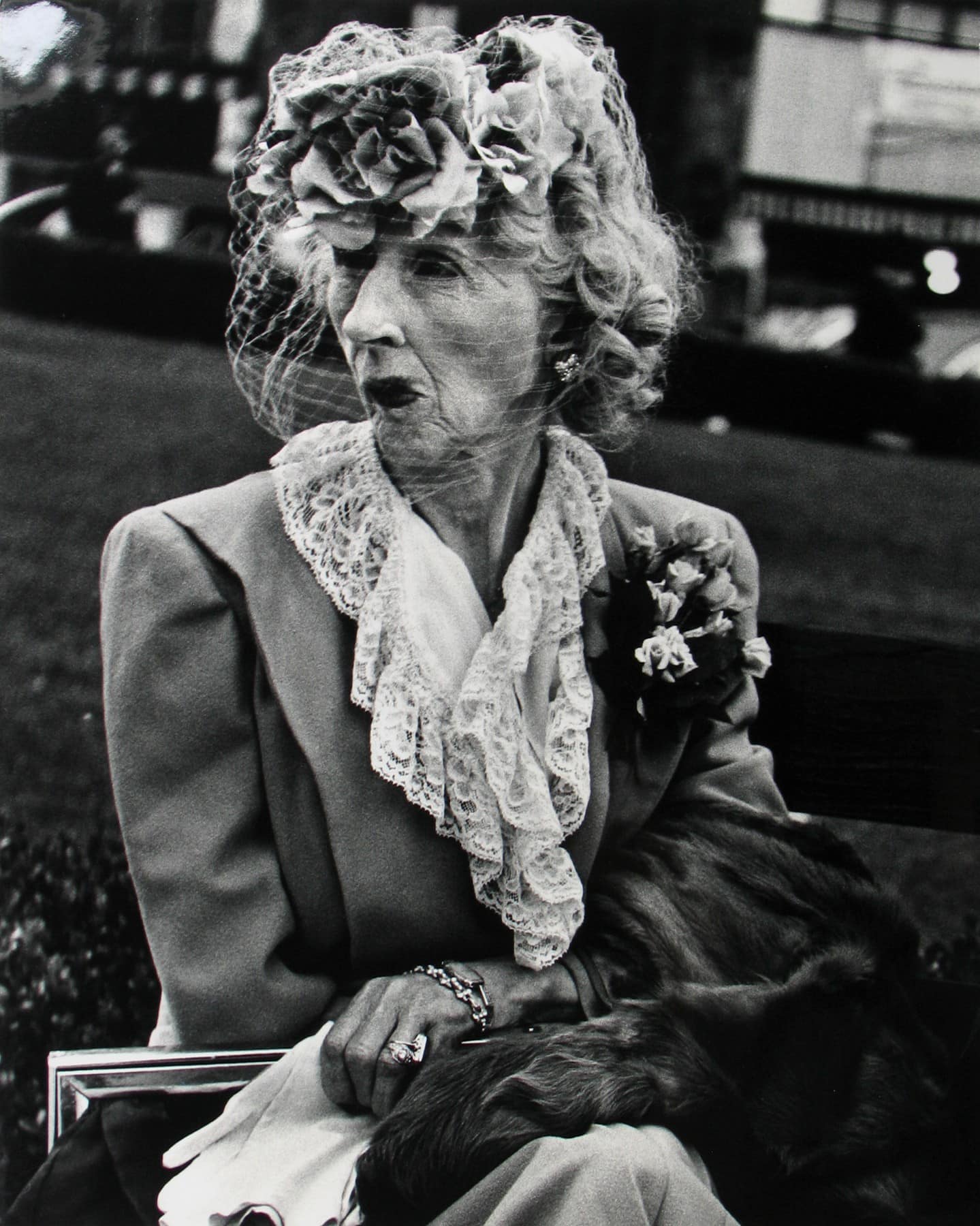
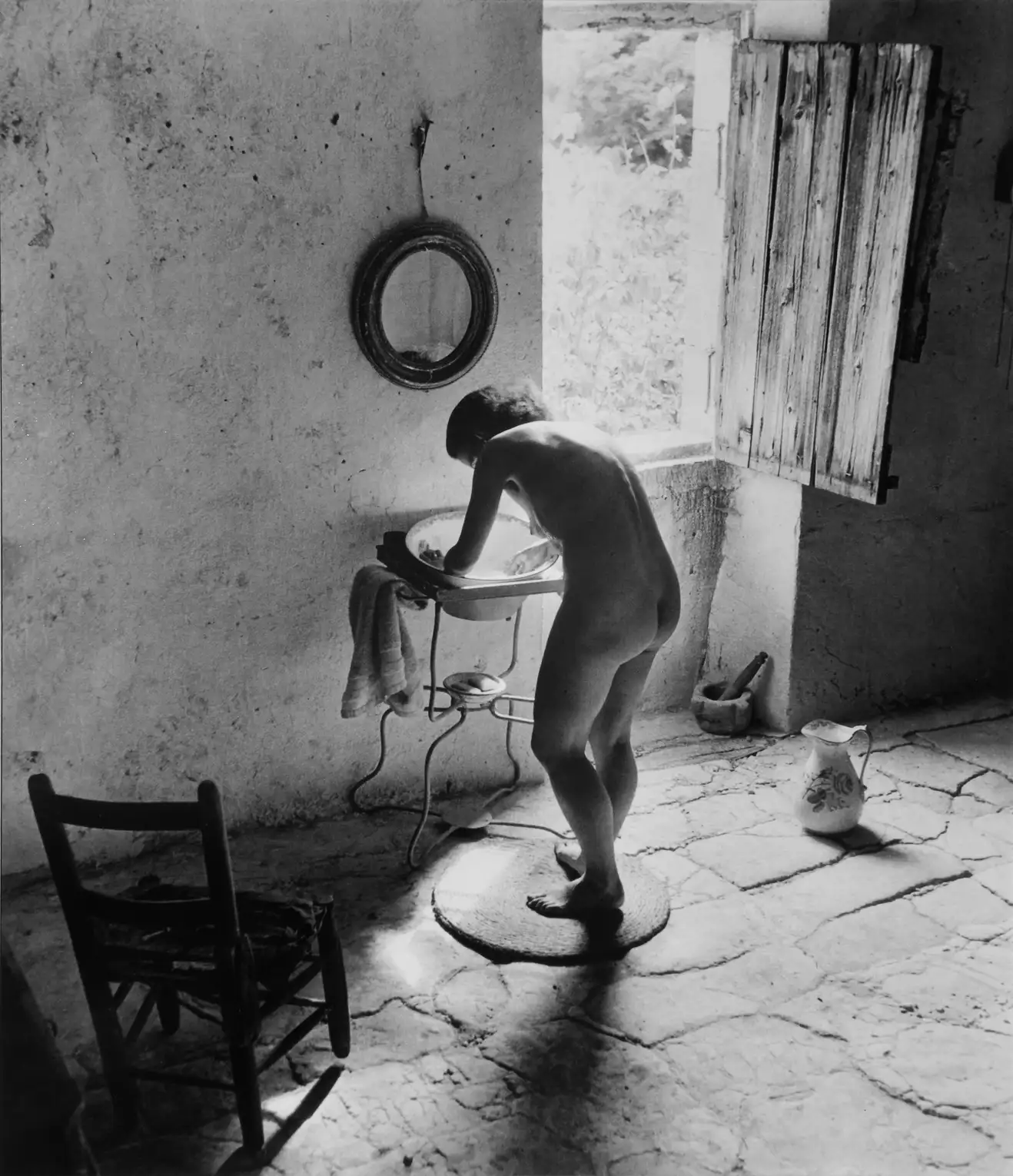
Steichen began experimenting with colour photography in the early 1900s, at a time when it was still a relatively new and untested technology. He worked extensively with the Autochrome process, a method of creating colour images using glass plates coated with microscopic grains of potato starch. He organised several landmark exhibitions of colour photography at MoMA, including “Color Photography” (1950), which was the first major exhibition of its kind in the United States. Steichen was also known for his innovative approach to exhibition design, using large-scale prints and dramatic lighting to create immersive and impactful experiences for viewers. His exhibitions were often characterised by their bold, modernist aesthetic, which helped to establish photography as a cutting-edge art form.
One of the most influential curators of photography at MoMA was John Szarkowski, who led the department from 1962 to 1991. Szarkowski played a major role in the canonisation of certain photographers (e.g. Diane Arbus, Lee Friedlander, and William Eggleston) who are now considered among the greatest of the 20th century. He saw photography as a unique form of visual communication that had its own inherent qualities and potential for artistic expression, rather than just a means of documentary or journalistic representation. In addition, Szarkowski’s innovative approach to exhibition design focused on the interplay between individual images and their collective impact as a series. His exhibitions were characterised by their careful attention to detail and their ability to tell stories or evoke emotions through the use of carefully chosen images. He emphasised the importance of sequencing and presentation in the way that photographs are displayed, which shaped the way we think about photography today.
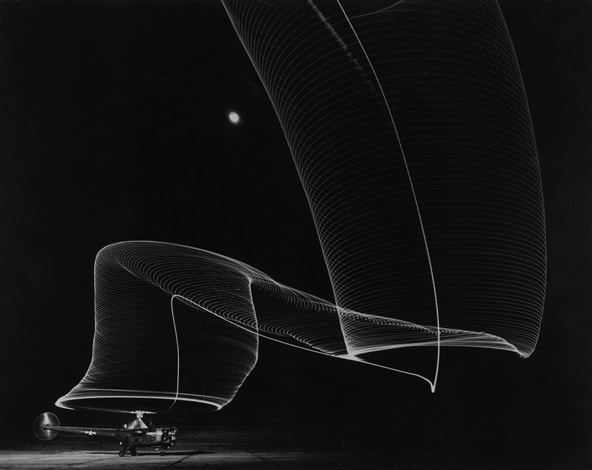
Heading into the 21st Century, Peter Galassi preceded Szarkowski as the chief curator of photography, a post he held for 20 years (1991-2011). One of Galassi’s key contributions was his championing of contemporary photography as a serious art form. He organised exhibitions that showcased the work of emerging and established photographers, including Cindy Sherman, Andreas Gursky, and Jeff Wall, and he acquired works by many of these artists for MoMA’s collection. Through these efforts, Galassi helped to elevate the status of photography in the art world and bring it to a wider audience.
Through their acquisitions and exhibitions, the curators of photography at MoMA have helped to establish the careers of many important photographers and have shaped the way that we think about photography as an art form. They have helped to set the market value of photographs by acquiring works for the museum’s collection, which has in turn influenced the prices that collectors are willing to pay for similar works. Their influences have had a profound impact on the way that photography is exhibited, collected, and understood today.

